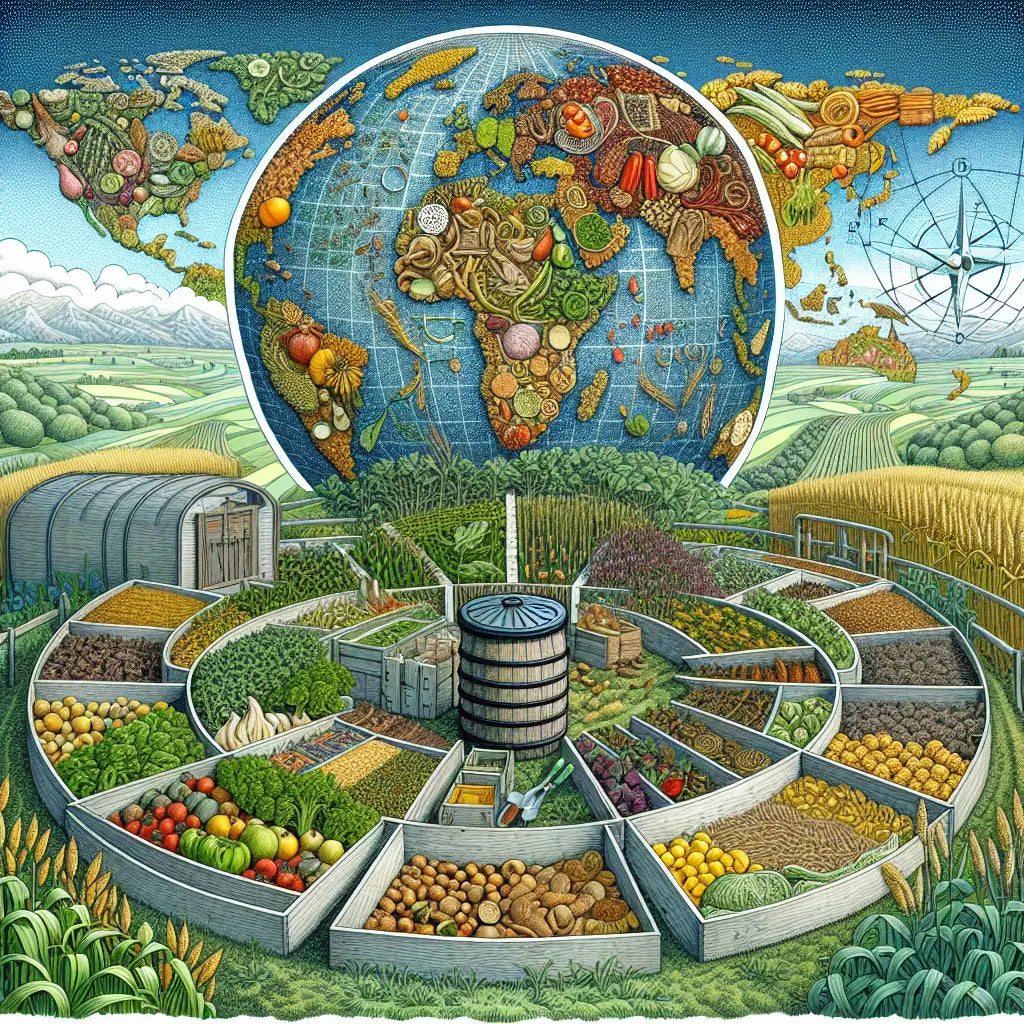
10 Essential Steps for Starting Your Eco-Friendly Backyard Farm
Share
Introduction
Embarking on the journey to create your own eco-friendly backyard farm is a fulfilling way to embrace sustainability and self-sufficiency. With the right approach and tools, you can transform your outdoor space into a thriving green haven. Here are ten essential steps to guide you in starting your farm journey.
1. Plan Your Space
Before digging into the soil, evaluate your available space. Consider sunlight exposure, soil quality, and water access. Design your farm layout to maximize efficiency and productivity.
2. Choose Sustainable Gardening Techniques
Incorporate sustainable gardening practices like crop rotation, permaculture principles, and companion planting to enhance your farm's health and productivity naturally.
3. Select the Right Crops
Opt for a mix of seasonal fruits, vegetables, and herbs that thrive in your climate and region. Diversity is key to maintaining soil health and ensuring a continuous harvest.
4. Create a Compost System
Composting is a vital component of an eco-friendly backyard farm. Use kitchen scraps and yard waste to produce nutrient-rich compost that will enrich your soil.
5. Implement Water Conservation Practices
Efficient water management is crucial. Install rain barrels or use drip irrigation systems to conserve water while ensuring your plants receive adequate hydration.
6. Build a Greenhouse or Use a Grow Tent
A greenhouse or grow tent extends your growing season and protects delicate plants from harsh weather. Consider the iPower GLTENTXS3 Grow Tent with Reflective Mylar for a complete indoor hydroponic system.
7. Integrate Hydroponics or Aquaponics
Expand your farming techniques with hydroponics or aquaponics systems. The 3-Tier Wall Hanging Planter Glass Hydroponic Vase is ideal for experimenting with small-scale hydroponics at home.
8. Enhance Privacy with Sustainable Fencing
Add privacy and aesthetic appeal with sustainable fence options. The VEVOR 2-Pack Reed Fence Landscaping Privacy Blind Fencing Screen provides a natural and eco-friendly solution for delineating your farm area.
9. Monitor Garden Health
Regular monitoring ensures early detection of pests and diseases. Utilize smart devices like the E27 WiFi Bulb Camera to keep an eye on your backyard farm remotely.
10. Engage with the Community
Join local gardening clubs or online forums to share insights and learn from fellow backyard farmers.
By following these steps, you'll be well on your way to cultivating a flourishing eco-friendly backyard farm. For more resources and products to help you grow your sustainable space, visit Backyard Raise Grow.














